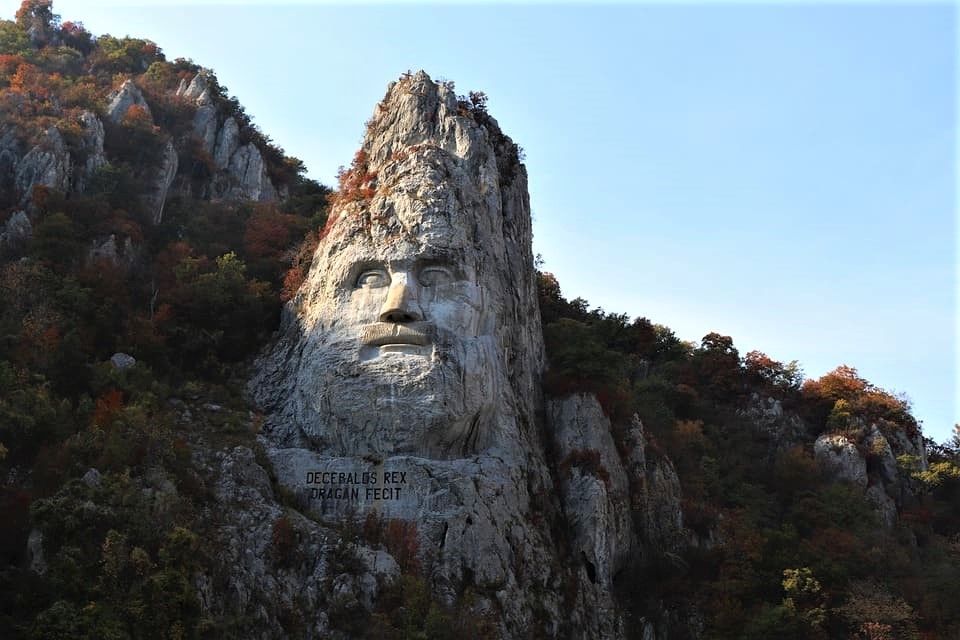
What Makes the Romanian Language Unique?
Romanian stands alone as the only Romance language that developed in Eastern Europe, spoken by approximately 28 million people. This unique geographical and linguistic positioning gives Romanian a distinct profile among its Romance counterparts. Throughout this blog post, we will explore how Romanian has maintained strong Latin roots while also absorbing significant influences from neighboring Slavic languages.
The Origins of the Romanian Language
Romanian originated from Latin and was introduced by Roman colonists when they conquered Dacia in 106 AD. Unlike other Romance languages that evolved in close proximity to one another in Western Europe, Romanian developed in isolation in Eastern Europe, surrounded by Slavic-speaking populations. This geographical seclusion helped preserve many of its ancient Latin features while also absorbing influences from neighboring Slavic, Greek, Turkish, and Hungarian languages. These interactions have given Romanian its unique set of characteristics, differentiating it from its Romance counterparts and highlighting its role as a linguistic link between the traditions of the Roman Empire and the diverse cultures of Eastern Europe.
Unique Linguistic Features of Romanian
Romanian stands out among Romance languages due to several distinctive characteristics:
-
Language Variations: Romanian has noticeable regional differences within the Romania country itself. For example, speakers from Timișoara in the west and Bucharest in the south often have distinct accents and use different vocabulary. Additionally, the Romanian spoken in the Republic of Moldova has its own variations, influenced by Russian and other local languages. However, it is officially the same language, and translations into Romanian are fully applicable in both Romania and Moldova without the need for separate versions.
-
Latin Case System Preservation: Romanian retains the vocative and genitive cases, which are rare or absent in other Romance languages.
-
Rich Vowel Sounds and Diphthongs: The language features a complex array of vowel sounds and maintains diphthongs that are less common in other Romance languages.
-
Slavic Influence: A significant portion of the Romanian lexicon, about 10-15%, is derived from Slavic languages, influencing its vocabulary, syntax, and phonetics.
-
Suffix Definite Article: Unique among Romance languages, Romanian attaches the definite article as a suffix to nouns, a feature that aligns it with Bulgarian and Albanian.
-
Onomatopoeic Creativity: The language has a rich collection of onomatopoeic words that mimic sounds from nature and daily life, showcasing its descriptive power. For example, "Bâzâit" replicates the persistent buzzing of insects, akin to "buzz" in English, bringing to life the sounds of a summer day, while "Foşnet" captures the rustling sound of leaves or paper, similar to "rustle" in English, evoking the soft, whisper-like noises of movement.
Romanian Expressions with no Direct Equivalent in Other Languages
- "Hai": Used to encourage or motivate someone, similar to "come on" or "let's go," but with broader and more versatile usage in Romanian, often expressing urgency or invitation.
- "Ţuşti": A playful word used to describe the sound or action of something or someone moving quickly, like a sudden leap or jump, without a direct equivalent in other languages.
- "Măi": A highly versatile interjection that can express surprise, affection, reproach, or be used to get someone's attention, depending on the tone, making it context-dependent and unique to Romanian.
- "Of": A deep sigh expressing frustration, weariness, or relief, used in a wide range of emotional contexts, from exhaustion to sympathy, with a distinctly Romanian tone.
The Modern Presence of the Romanian Language
Today, Romanian is spoken by approximately 24 million native speakers and an additional 4 million non-native speakers, primarily in Romania and Moldova, where it holds official status. It is also recognized as a minority language in countries like Ukraine, Hungary, and Serbia. The Romanian diaspora has spread the language further, with significant communities in Italy, Spain, the United States, and Canada, contributing to its international presence. In modern times, Romanian is used in various fields, including education, media, and government, and its influence is increasingly visible in technology and international business. The language continues to evolve, blending its Latin roots with contemporary influences, making it an important cultural asset both regionally and globally.
Romanian literature and artistic creations have made a significant impact on the global stage, showcasing the beauty and creativity of the language. Acclaimed Romanian writers, such as Mircea Eliade, Eugene Ionesco, and Herta Müller, have gained international recognition for their contributions to literature. Their works, translated into various languages, expose the world to the depth and richness of the Romanian language.
Moreover, the Romanian language has found a growing presence in international cinema through the active development of both the Romanian and Moldovan film industries. The Romanian New Wave has brought the language to global audiences, while Moldovan films explore cultural identity and historical themes. This cinematic exposure enhances the visibility of the Romanian language, showcasing its versatility and richness in modern artistic expression.
In conclusion, the Romanian language stands out for its unique blend of Latin roots and regional influences, both within Romania and in neighboring Moldova. Its rich history, distinct linguistic features, and evolving modern presence make it a fascinating language, with regional variations adding depth to its cultural identity. From its widespread use in everyday life to its global visibility in cinema and media, Romanian continues to thrive as a dynamic and expressive language.







